Galleries
The Art Dealers Finding Alternatives to the Gallery Model
Nicola Trezzi picks successful endeavors from around the world.
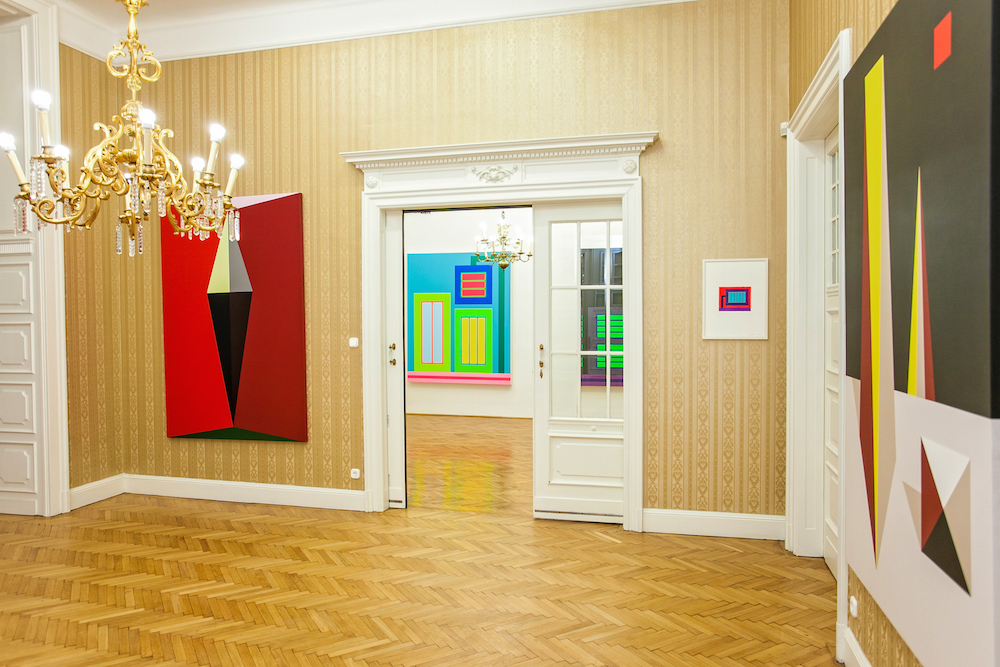
Nicola Trezzi picks successful endeavors from around the world.

Nicola Trezzi

The gallery business has transformed immensely. From little fortresses governed by individual, and oftentimes, radical choices, galleries are today like ships, sailing the choppy waters from one port (or art fair) to the next, threatened by a myriad dangers—either they get bigger, or they sink, eaten up by a bigger galleon.
Metaphors aside, it is clear how the current art fair-driven system has created a fixed pattern, with little room for negotiation: Small galleries from the periphery can participate at small fairs, and hopefully sell to collectors they would never meet otherwise. Meanwhile, big galleries, such as Gagosian, Hauser & Wirth, Marian Goodman, and David Zwirner but also Thaddaeus Ropac, Almine Rech, Perrotin, and Massimo De Carlo, become bigger and bigger—from ship to galleon, from galleon to fleet—opening new branches all over the world. But what about the middle sized galleries?
For them, it’s tough times, as testified by the shut downs of respected galleries such as MOT international, Margo Leavin (her partner said that “people are approaching art differently today”), Lisa Cooley, or McKee, whose owners stated that “the art market has grown so vast that our gallery model is in danger.”
But it’s also exciting times, as demonstrated by middle-sized galleries such as Maccarone, now also in Los Angeles, or Andrew Kreps and Anton Kern, who announced a new joint venture in San Francisco. However, the art system is a fluid one, and encourages hybridity. More and more individuals—such as LA constructor Jay Ezra Nayssan and 356 Mission Rd.’s initiators, artist Laura Owens and publisher Wendy Yao—are going beyond the classic gallery system (artist stable, representation, art fairs) in order to tailor their own model, not through opposition to the fixed gallery system but by adding complementary formats.
artnet News asked six of the most interesting, experienced, and original ones—all quite international, multitasking, and allergic to the white cube format—to share their insights.
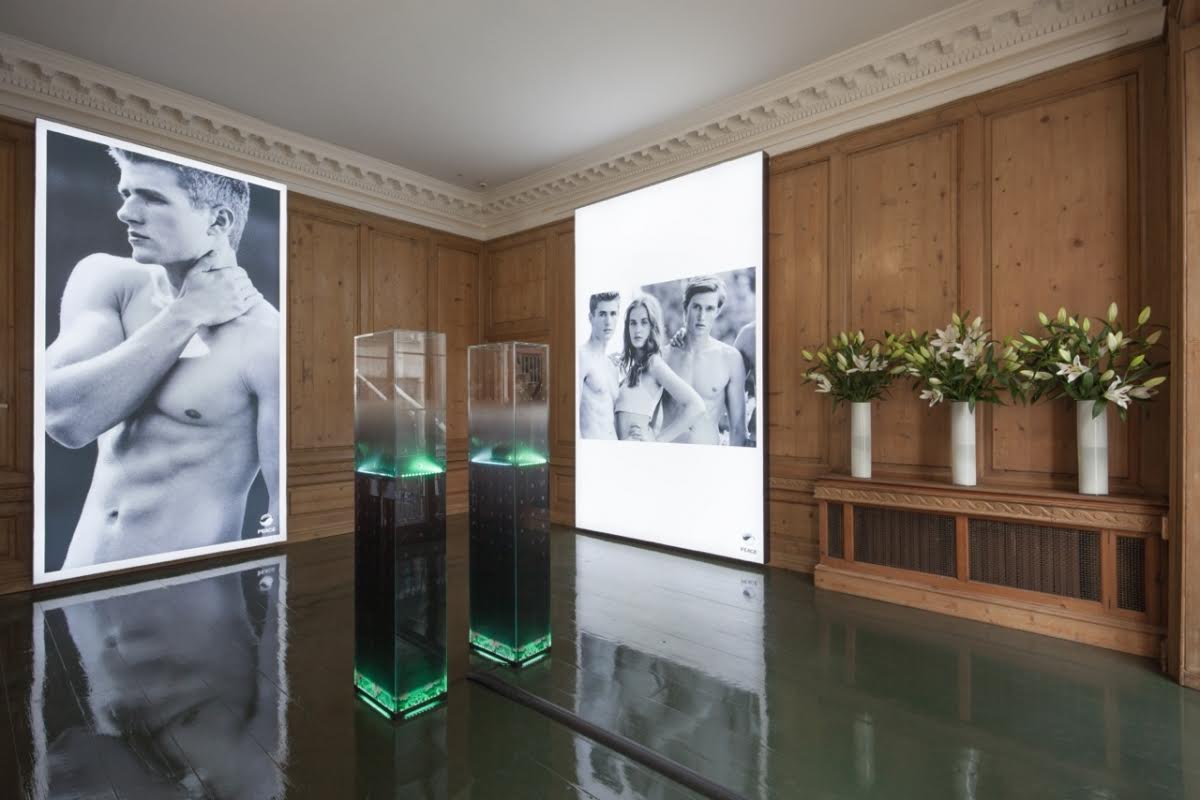
Installation view of “Premier Machinic Funerary Part II,” 2014, featuring works by Timur Si-Qin at Carl Kostyál, London.
Carl Kostyál
Hungarian born, London-based art dealer Carl Kostyál has made a name for himself by discovering British sculptor Helen Marten. He then went on to focus on a model of staging a series of solo shows with international artists such as Matias Faldbakken, Peter Coffin, Claire Fontaine, Austin Lee, and John Henderson, who do not have gallery representation in London (or didn’t at the time). Rather than thinking of his endeavor as a novelty, Kostyal looks at historical models. “In the 1980s growing up in Milan I saw great dealers with pulling power bringing artists to town and create collection,” he told artnet News. “In the 1950s, Agnes Widlund came from Budapest and brought Theodor Ahrenberg to meet Picasso and mentor Pontus Hultén. [From that], great Swedish private and institutional collections were created, bringing to Stockholm works by Rauschenberg and Johns very early on.”
He now divides his time between London and Stockholm, where he opened a second branch, showing Alex da Corte and Petra Cortright. His first “historical choice” for the London space was a solo show in 2015 by Hungarian avant-garde artist Dóra Maurer. This year, Maurer has a solo show at White Cube, curated by his wife, Katharine.
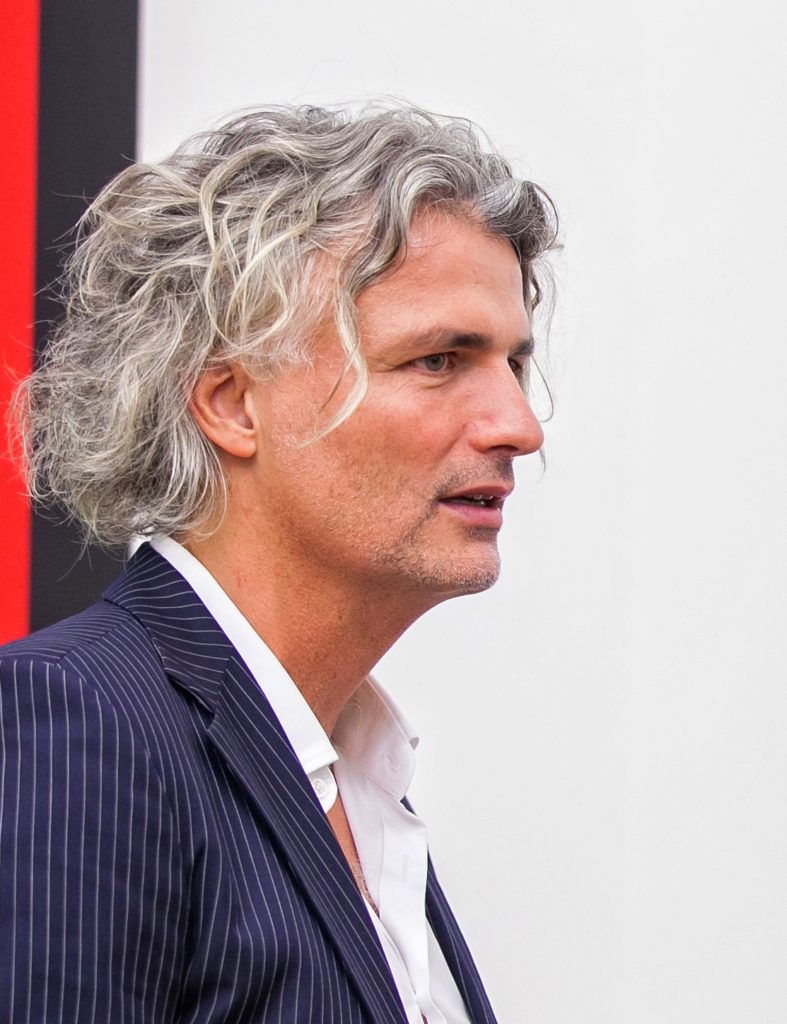
Gábor Einspach
Gábor Einspach
Parallel to his position as partner of the Kieselbach Auction House, and despite the worrying political developments in Hungary, Gábor Einspach has decided to rent one of the apartments in the Bedő House—one the most stunning art nouveau buildings in Budapest—in order to show the art he loves, either juxtaposing known American artists such as Peter Halley (whose work ended up in the collection of the local Museum of Fine Arts) with Hungarian avant-gardist Imre Bak and young promise Peter Peri, or showcasing emerging Hungarian talents.
“Art+Text Budapest is not just a for-profit gallery,” he told artnet News. “We are dealing with art related texts; I’ve been publishing Artmagazin for 14 years and I’ve been working on several art books together with my business partner Tamás Kieselbach, who has published more than twenty book on Hungarian painting and Hungarian historical events.”
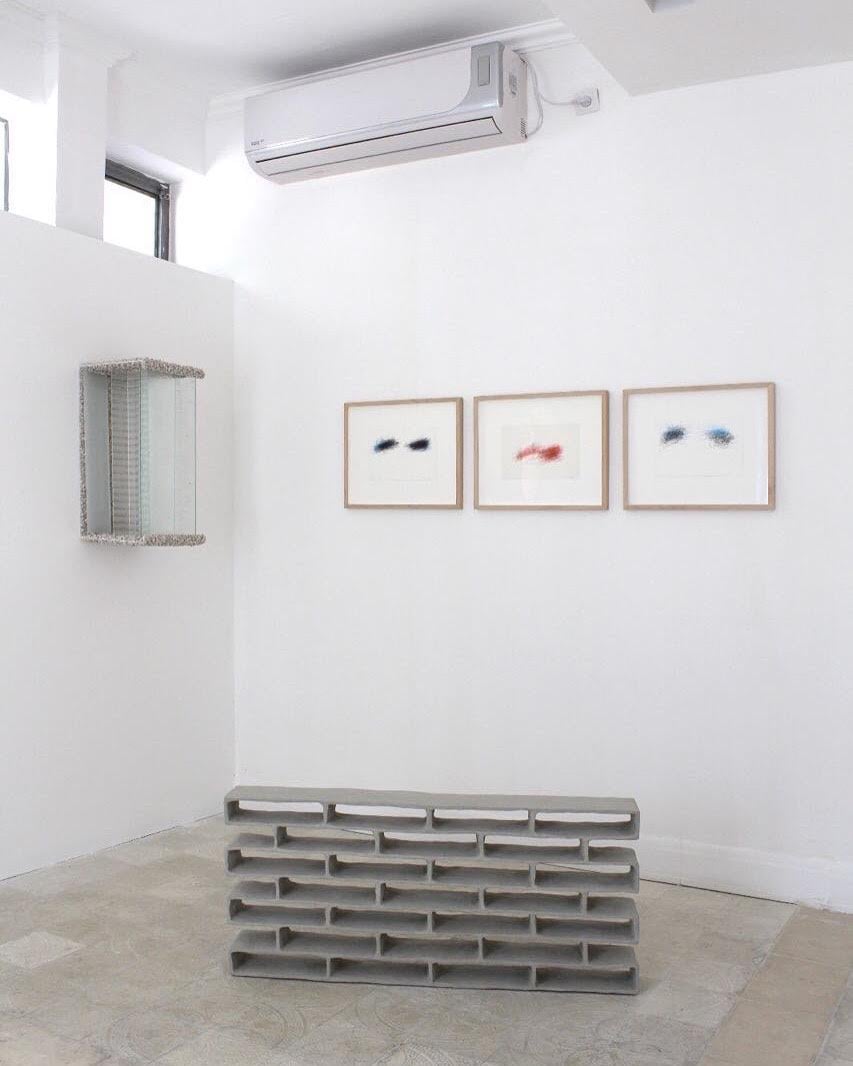
Installation view of “How Rare is Rare,” 2016, featuring works by William Anastasi and Gizela Mickiewicz; at projects at fifteen, Tel Aviv.
Fiona Biberstein
Raised in Zurich surrounded by art, and educated in London, Fiona Biberstein decided, after having held senior positions at Phillips de Pury & Company and Acquavella Galleries, to move to Tel Aviv, where she continues with her art advising services while also running projects | at fifteen, a nomadic operation focused on group shows, and named after her age at the time she bought her first art work.
“I saw spaces in New York open and close, and I was starting to second guess the gallery model as we know it,” she told artnet News. “Is the art world the same as it was all those years ago? No, so perhaps the gallery system, for professionals such as myself, is no longer the right model either.”
Her project-based operation introduces young artists such as Jessica Mein, Joseph Montgomery, and Patricia Treib—but also veterans such as William Anastasi—to local collectors. In addition, she wants to bring more international collectors to Israel. “With this in mind, while also taking into account where I was about to open—the Middle East, Israel, a young country—choosing a model that would be based on individual projects, affiliated to myself but not necessarily to a space, seemed like the right way to go.”
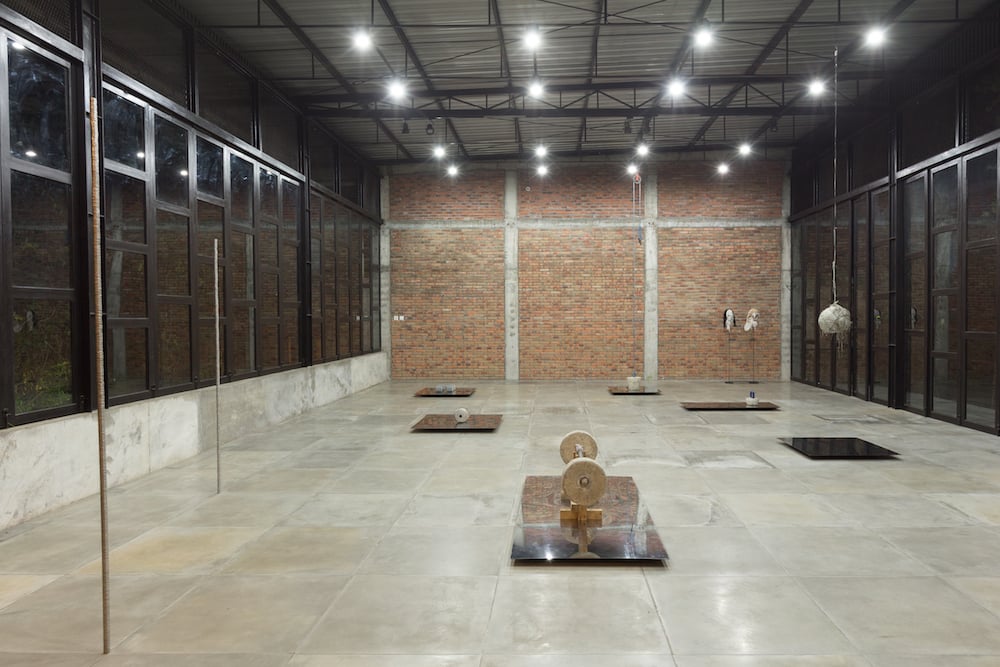
View of “Indisciplinato,” 2014, featuring works by Marco Cassani, at OFCA International, Yogyakarta, Indonesia.
Astrid Honold
German-born Astrid Honold launched Office For Contemporary Art (OFCA) in Amsterdam with artists Fendry Ekel and Folkert de Jong, managing artists’ studios and sales to collectors such as Charles Saatchi.
Today, OFCA International is based in Yogyakarta, Indonesia, and run together with Ekel and Indonesian artist Jumaldi Alfi. Honold is splitting her activities between OFCA, her bookmaking venture Black Cat Publishing, obtaining her PhD in Berlin, and launching Astrid Honold Fine Art, in Bali.
“Art is about extending the boundaries of the already-known. In order to do so, one needs a clear understanding of what those boundaries are and a concept where you want to be in relation to them. I think that is, and always has been, a basic condition of art,” she told artnet News.
“With my architectural training background, I’m always interested in the concept of the gesamtkunstwerk. Hybridity to me is not only about melting or configuring different elements together but about making a good analysis of the nature of those elements, your own needs, and the environment, where you would like to have the creation grow.”

Rob Teeters. Photo: Daniel Zimmer
Rob Teeters
In 2006, while working for an architectural firm, Rob Teeters started his art advisory firm, which today is just one of the many branches of his art endeavor, all comprise under one roof at Front Desk Apparatus. From his office-turned-agency, he puts on exhibitions ranging from hot tip Carissa Rodriguez to obscure performer Bruno Jakob. But he also publishes books, designs websites for art galleries and offers brand consulting, a side of the enterprise managed by his associate Michael Capio.”The core structural element to my office is the art advisory. Everything else we do owes a debt of gratitude to this as the foundation of the office,” he told artnet News.
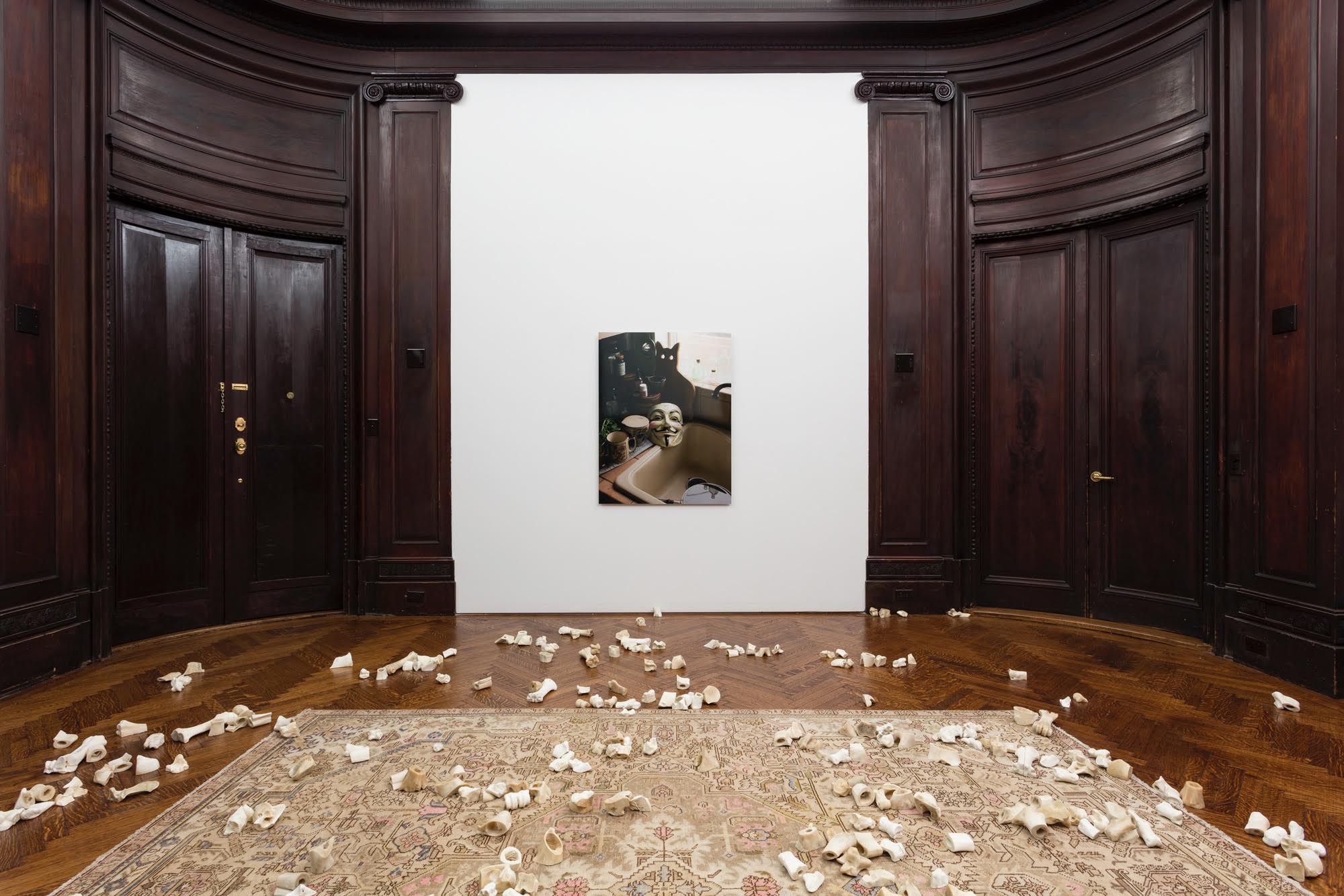
View of “I’m normal. I have a garden. I’m a person,” 2016, featuring works by Carissa Rodriguez at Front Desk Apparatus, New York. Photo: Joerg Lohse.
But it doesn’t stop there. Teeters is also artistic director at The Power Station, a kunsthalle-like art space initiated by collectors Alden and Janelle Pinnell in Dallas, where he organized solo shows by Jacob Kassay, Jos de Gruyter & Harald Thys, and Pietro Roccasalva. “There wasn’t a defined moment when I conceived the thought to do all these different things within the office, it actually all took shape on its own. I do get bored easily so I consider working on many different things simultaneously a vaccination from fatigue.”
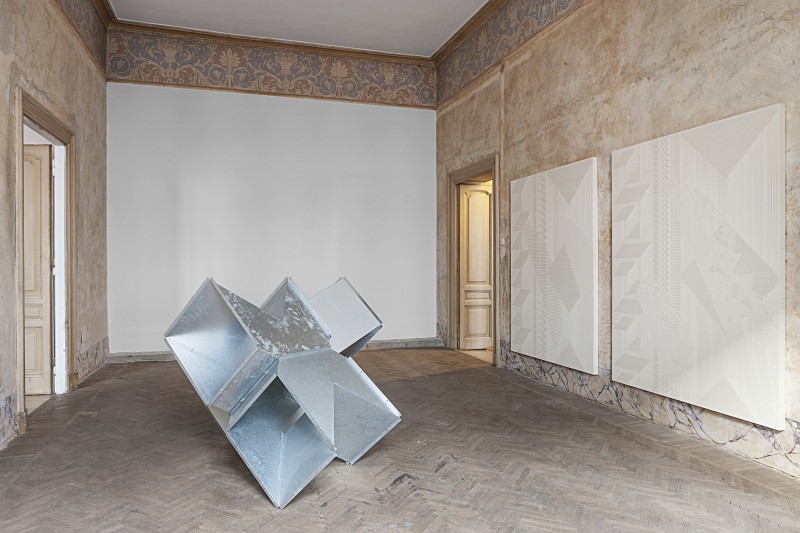
View of “Reciprocal Scores,” 2015, featuring works by Tauba Auerbach and Charlotte Posenenske, at INDENPENDENZA, Rome. Courtesy the artists, STANDARD (Oslo) and Mehdi Chouakri, Berlin. Photo: Vegard Kleven.
Marco Zevi
Triggered by gallerists Emanuela Campoli and Gil Presti, Roman engineer and collector Marco Zevi decided to empty his grandmother’s 1920s apartment—located on the top floor of a 1885 building in the heart of the Italian capital and featuring original floors, ornamented ceilings and wallpapers—and start INDENPENDENZA, presenting solo shows by artists such as Adriana Lara (curated by Chantal Crousel’s daughter Eva Svennung), as well as two-person shows like “Reciprocal Scores,” juxtaposing works by Tauba Auerbach and German minimalist Charlotte Posenenske.
“I’m neither a gallerist nor a curator, I’m an engineer,” he says. “INDENPENDENZA is a project space where international artists are invited to present shows, which could be conceived, produced or simply installed.”
“The artists themselves can decide whether to make a residency out of it [the house still have a small living unit] and produce the show in Rome—as some of them did—or come for a short installation period. Rome, my hometown, a place where art permeates everywhere and where contemporary art used to be constantly present in the cultural city life, seems to have, little by little, forgotten this attitude.”